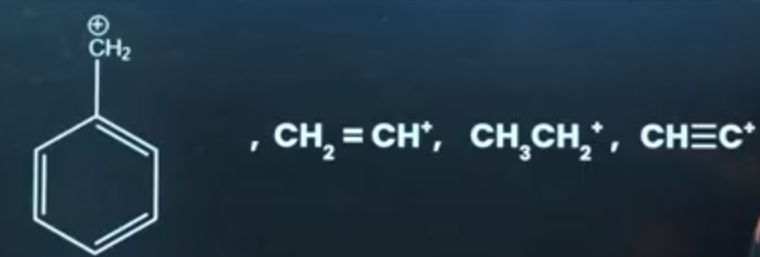What is the stability order of oxides in (X2O)
Cl>Br>I
Br>Cl>I
Cl>I>Br
I>Cl>Br
To determine the stability order of the oxides in the form of X2O for halogens such as iodine (I), chlorine (Cl), and bromine (Br), we can follow these steps:
Step 1: Identify the Oxides
The oxides we are considering are:
- Iodine oxide: I2O
- Chlorine oxide: Cl2O
- Bromine oxide: Br2O
Step 2: Understand the Oxidation States
Halogens can exhibit various oxidation states when forming oxides. The common oxidation states for these halogens in oxides range from +1 to +7.
Step 3: Analyze Stability Factors
The stability of these oxides can be influenced by several factors:
- Electronegativity: Generally, as we move up the group in the periodic table, electronegativity increases, which can affect the stability of the oxides.
- Atomic Size: Larger atoms tend to form less stable compounds due to weaker bonds.
- Oxidation State: Higher oxidation states in oxides tend to be less stable for heavier halogens.
Step 4: Compare the Stability
Based on the above factors, we can analyze the stability:
- Iodine forms I2O which is relatively stable due to its ability to stabilize higher oxidation states.
- Chlorine forms Cl2O which is less stable than I2O but more stable than Br2O.
- Bromine forms Br2O, which is the least stable among the three due to its larger atomic size and lower electronegativity compared to chlorine and iodine.
Step 5: Establish the Stability Order
From the analysis, we can conclude the stability order of the oxides is:
I2O>Cl2O>Br2O
Final Answer
The stability order of the oxides in X2O is:
I2O>Cl2O>Br2O
The oxides we are considering are:
- Iodine oxide: I2O
- Chlorine oxide: Cl2O
- Bromine oxide: Br2O
Halogens can exhibit various oxidation states when forming oxides. The common oxidation states for these halogens in oxides range from +1 to +7.
The stability of these oxides can be influenced by several factors:
- Electronegativity: Generally, as we move up the group in the periodic table, electronegativity increases, which can affect the stability of the oxides.
- Atomic Size: Larger atoms tend to form less stable compounds due to weaker bonds.
- Oxidation State: Higher oxidation states in oxides tend to be less stable for heavier halogens.
Based on the above factors, we can analyze the stability:
- Iodine forms I2O which is relatively stable due to its ability to stabilize higher oxidation states.
- Chlorine forms Cl2O which is less stable than I2O but more stable than Br2O.
- Bromine forms Br2O, which is the least stable among the three due to its larger atomic size and lower electronegativity compared to chlorine and iodine.
From the analysis, we can conclude the stability order of the oxides is:
I2O>Cl2O>Br2O
The stability order of the oxides in X2O is:
I2O>Cl2O>Br2O
Similar Questions
Knowledge Check
Arrange in the stability order of following :
 AI<II<IIIBII<I<IIICI<III<IIDII<III<I
AI<II<IIIBII<I<IIICI<III<IIDII<III<IIn the following carbocations, the stability order is:
 AIII>II>IV>IBIV>I>II>IIICIV>III>II>IDIII>IV>II>I
AIII>II>IV>IBIV>I>II>IIICIV>III>II>IDIII>IV>II>IGive the cation stability order
 AIII > II > IBI > II > IIICII > I > IIIDI > III > II
AIII > II > IBI > II > IIICII > I > IIIDI > III > II
Stability order of given anions is :

View SolutionThe stability order for carbocation is :
View SolutionThe stability order of the following anions :

View SolutionThe stability order of following carbocation is

View SolutionThe stability order of oxide, peroxide and superoxide of alkali metal is:
View Solution

